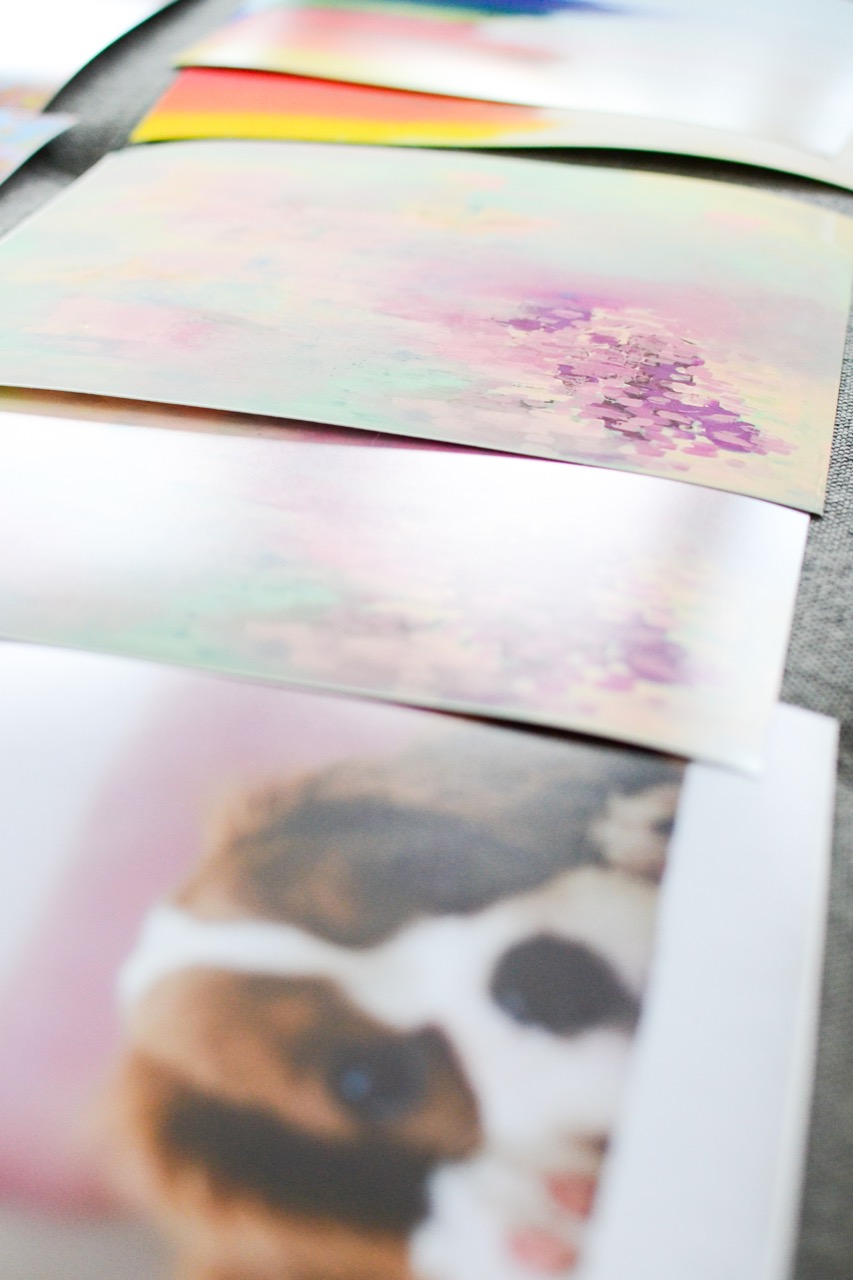In the realm of paper weights, the term GSM (Grams per Square Meter) holds significant importance. It is a metric used to measure the weight and thickness of paper. Among the various GSM options available, 160 GSM paper is widely used in different industries. In this blog post, we will delve into the intricacies of 160 GSM paper, exploring its true thickness, applications, and factors influencing its usage.
- Understanding GSM and Its Significance:
GSM, or Grams per Square Meter, is a unit of measurement used to determine the weight and thickness of paper. It plays a crucial role in determining the quality and suitability of paper for specific purposes. Higher GSM values generally indicate thicker and more durable paper, while lower GSM values signify lighter and thinner paper. - The True Thickness of 160 GSM Paper:
When it comes to 160 GSM paper, its true thickness can vary depending on several factors. These factors include the type of paper (bond, matte, glossy, etc.), manufacturing process, and the presence of coatings or additives. On average, 160 GSM paper has a thickness ranging from 0.16 to 0.19 millimeters, making it a medium-weight option suitable for various applications. - Applications of 160 GSM Paper:
Due to its versatility, 160 GSM paper finds extensive usage across multiple industries. Let's explore some of its prominent applications:
3.1 Printing and Publishing:
160 GSM paper is commonly used for printing brochures, flyers, business cards, and book covers. Its moderate thickness provides a balance between durability and flexibility, making it ideal for high-quality prints.
3.2 Packaging and Labeling:
In the packaging industry, 160 GSM paper is often employed for creating boxes, cartons, and labels. Its sturdy nature ensures the protection of goods while allowing for easy customization and branding.
3.3 Arts and Crafts:
Artists and craft enthusiasts appreciate 160 GSM paper for its ability to withstand various mediums such as watercolors, acrylics, and markers. Its thickness prevents excessive bleeding and warping, enabling artists to create intricate designs.
- Factors Influencing the Usage of 160 GSM Paper:
Several factors influence the choice and utilization of 160 GSM paper in different industries. These factors include:
4.1 Cost-effectiveness:
160 GSM paper strikes a balance between quality and affordability, making it a cost-effective choice for many businesses.
4.2 Environmental Considerations:
With increasing environmental consciousness, the demand for eco-friendly paper options is rising. Manufacturers are now producing 160 GSM paper using recycled materials, catering to the sustainability needs of various industries.
4.3 Specific Application Requirements:
Different industries have unique requirements for paper thickness. While 160 GSM paper suits many applications, certain specialized fields may necessitate thicker or thinner options.
Conclusion:
In conclusion, 160 GSM paper offers a versatile and reliable choice for numerous industries. Its true thickness, ranging from 0.16 to 0.19 millimeters, ensures durability while allowing for flexibility. Understanding the applications and factors influencing its usage empowers businesses and individuals to make informed decisions when selecting paper for their specific needs. Embracing the potential of 160 GSM paper opens up a world of possibilities in printing, packaging, and artistic endeavors.
